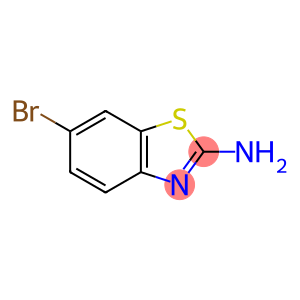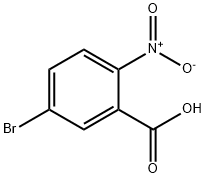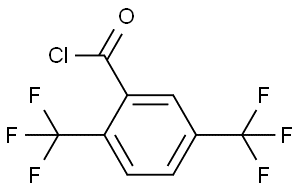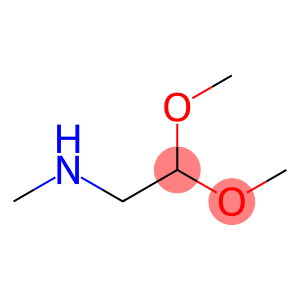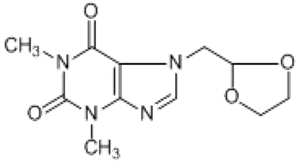3, 3-Dimethylglutaric Anhydride(CAS#4160-82-1)
| Hazard Symbols | Xi – Irritant |
| Risk Codes | 36/37/38 – Irritating to eyes, respiratory system and skin. |
| Safety Description | S26 – In case of contact with eyes, rinse immediately with plenty of water and seek medical advice. S37/39 – Wear suitable gloves and eye/face protection S36 – Wear suitable protective clothing. |
| WGK Germany | 3 |
| TSCA | Yes |
| HS Code | 29171990 |
Introduction
3,3-Dimethylglutaric anhydride is an organic compound, and the following is an introduction to its properties, uses, preparation methods and safety information: Properties: 3,3-Dimethylglutaric anhydride is a colorless to yellowish crystal or powdery substance with a pungent aroma. It can be soluble in organic solvents such as alcohols and ethers and insoluble in water. Uses: 3,3-Dimethylglutaric anhydride has a variety of uses in the field of chemistry. It can also be used to prepare polymers and coatings with special functions. Preparation method: There are many synthesis methods of 3,3-dimethylglutaric anhydride. One of the commonly used methods is obtained by heating 3,3-dimethylglutaric acid and anhydrous acid. This reaction needs to be carried out in an inert atmosphere. Safety Information: It may have an irritating effect on the skin and eyes, and direct contact with the skin and eyes should be avoided when using. Appropriate protective gloves, glasses, and a lab coat should be worn during operation. It should be kept away from ignition sources and oxidants. When storing and transporting, it should be kept in an airtight container, away from fire sources and high-temperature environments. In case of accidental leakage, appropriate measures should be taken immediately to clean up and dispose of it. Proper laboratory practice and safe operating procedures should be followed when using and handling this compound.



